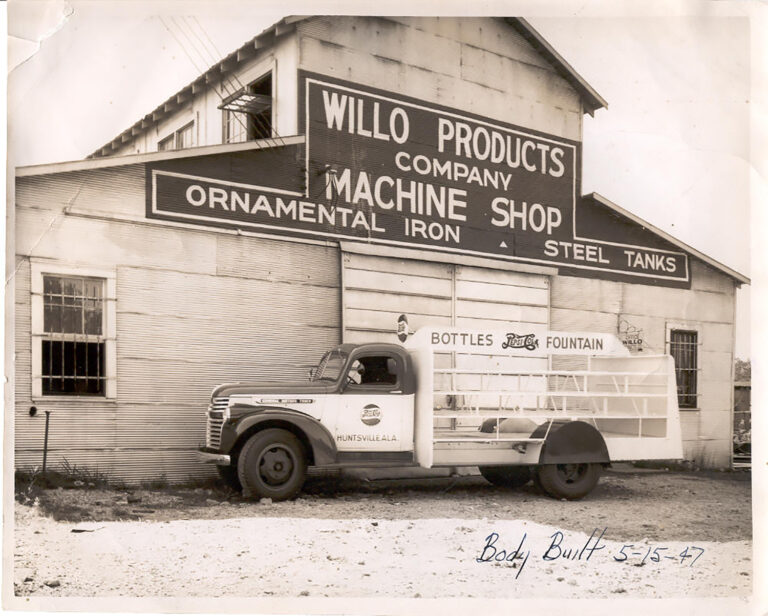Maintenance Report: Working with Limited Budgets
 How did the leadership of your department handle the housing market crash and the associated economic downturn? Did they cut staff and reduce services? Many justice agencies were told to cut budgets by 10 percent or more, from one year to the next, because of decreasing tax revenues.
How did the leadership of your department handle the housing market crash and the associated economic downturn? Did they cut staff and reduce services? Many justice agencies were told to cut budgets by 10 percent or more, from one year to the next, because of decreasing tax revenues.
Essentials have been sacrificed for the past four to five years for many agencies. Maintenance service was one of the first casualties of the downturn. Across the country, county and state agencies cut funding that went to maintaining the buildings and systems necessary to make jails and prisons safe and secure for officers, counselors, administrators and inmates.
Underfunding corrections and detentions support systems over the past five years has created a culture of minimum performance that, while necessary to get through a recession, is not sustainable from an operations perspective. Understaffed maintenance programs are forced to purposefully defer maintenance tasks that are essential to operations. Putting off maintenance leads to early failure of equipment and systems, resulting in inmate management issues and interfering with the staff’s ability to administer justice.
Recovery and Outlook
 According to the National Association of Counties 2014 County Economic Tracker Key Findings Report, “…economic growth is spreading, with jobs and unemployment rates improving across nearly all county economies.” The economic indicators show recovery, meaning budgets are starting to return to pre-2010 levels. But the question remains: will the culture of minimum performance persist?
According to the National Association of Counties 2014 County Economic Tracker Key Findings Report, “…economic growth is spreading, with jobs and unemployment rates improving across nearly all county economies.” The economic indicators show recovery, meaning budgets are starting to return to pre-2010 levels. But the question remains: will the culture of minimum performance persist?
Justice agencies depend on maintenance and operations personnel to fulfill their missions. Without the proper funding, agencies can’t perform the tasks necessary to properly serve their communities. The recovering economy offers agencies the chance to recover the budgets lost during the recession and provide better service than before the economy softened. The opportunity now exists for jail and prison administrators to rethink how to provide essential services like maintenance, giving them the opportunity to improve operations over the long-term.
If facilities deferred preventive maintenance during the downturn, equipment will show the effect of maintenance neglect within the next three to five years. Renewing properly funded maintenance programs that meet the specific conditions of the facility before systems start to fail is essential to long-term success. Creating maintenance programs that prevent premature aging and failure is the sustainable model also has the advantage of costing agencies less over the next 20 years.
According to an independent study performed by Whitestone Research in 2013, “Preventative Maintenance Program Comparative Analysis for Criminal Justice Facilities,” providing preventive maintenance, compared to not providing preventive maintenance, saves more than $13 per square foot in maintenance costs over a 10-year period. Savings increase to more than $25 per square foot over 20 years. On average, a 100,000-square-foot jail or prison can save $2.5 million per year over 20 years by spending $2.84 per square foot per year ($284,000) for maintenance. With the recovering economy, now is the time for agencies to create the right maintenance program to realize the long-term return on investment.
What’s the Fix?
How do you justify the funding to provide the right program for your facilities? Each agency will have different needs. Individual facilities within each system may have unique maintenance requirements. Facility size, type, age, and condition are all factors to consider when establishing the right maintenance service. Facilities with complex equipment systems or outdated building infrastructure will have their own operational challenges. For example, some remote prisons and rural county jails have sewage treatment plants that require very specific personnel, supplies, and materials. Other variables include the magnitude of vandalism, geographic factors (e.g., cold weather or salty air), local labor requirements, availability of personnel, etc.
In any case, the relationship between the facility size and its age provides a starting point for developing an effective budget for a comprehensive maintenance program, focusing on preventive maintenance. Costs are directly related to the size of the facility, while age and condition influence the overall spend necessary to keep the facility functioning as designed.
Providing your budgeting authority with justification for your maintenance program begins with identifying the right spend rate for your individual facility needs. Your spend rate can be boiled down to a dollar-per-square-foot calculation, but is made up of variable costs, such as:
• Non-skilled labor
• Skilled labor, with variance between disciplines such as plumbing, electrical, HVAC, etc.
• Specialty subcontractors and certifications
• Employee benefits
• Materials and supplies
• Replacement and renovations, including project management
• Capital improvements, including project management
• Administration
• Licensing, permitting, or other regulatory costs
• Certification requirements
Identifying the necessary resources for your facility and the cost per resource can be applied to the building area. The resulting costs can be presented as a budget line item that can be compared to long-term maintenance costs and overall facility value, justifying the spend year-to-year.
Maintenance Alternatives
There are three primary options for providing maintenance in jails and prisons:
1: Perform maintenance as needs arise: Fixing breakdowns as they occur is not good maintenance practice. Not only are the costs too high, but this method offers no reliability of function or performance. Energy costs rise. Personnel morale suffers because they can’t count on the building around them. Equipment fails without warning. The short-term costs are low, but repair costs increase exponentially over three to five years.
Pros: Low up-front costs, less overhead, less personnel
Cons: High long-term costs, unpredictable facility performance, higher energy costs, poor morale, shorter life cycle
2: Self-performed preventive maintenance program: Agencies are budgeted the right amount to employ their own maintenance personnel, tasked with performing all preventive, predictive, corrective, and life cycle maintenance. The government agency that owns the facility manages all aspects of the maintenance program, including recruiting and hiring skilled employees, managing the maintenance database, scheduling work orders, running maintenance-related projects, handling subcontractors, responding to after-hours calls, and ensuring the facility functions as intended for 30 years or more. This method meets all preventive maintenance needs but requires managers to oversee the program.
Pros: Low long-term costs, operational control, predictable facility performance, lower energy costs, consistent budget, managed life cycle, all maintenance performed
Cons: Personnel management, higher overhead, agency takes on all risk, no mandated accountability
3: Contract maintenance to a private-sector partner: Correctional facility maintenance specialists perform the same services as the self-performed model, with added contractual accountability. Risk is shifted to the contractor, for a cost, but the agency reduces overall head count and management responsibility without giving up any operational control. Contractor is obligated to always provide the right number and type of technical personnel in the facility to ensure continuous operation. The contracted model minimizes day-to-day agency involvement.
Pros: Low long-term cost, lower overhead, risk shifted away from the agency, contractually-mandated accountability, operational control, predictable facility performance, lower energy costs, consistent budget, managed life cycle, all maintenance performed
Cons: Higher short-term costs, contractor management, less direct involvement
Regardless of the methodology, agencies must provide functional facilities to ensure their facilities serve the community and make good use of public dollars. The recovering economy gives agencies the opportunity to re-establish maintenance programs and improve upon old means of providing services. Make sure you have the ammunition you need to justify your budget requests, and the resources to do the job when the money comes through.
Joe Lee, CEO of CGL’s Facility Maintenance Division, is committed to improving the condition of America’s justice facilities by providing outstanding maintenance services specifically for jails and prisons. Lee has provided services related to planning, design, construction management, and maintenance of public facilities for more than 25 years.





